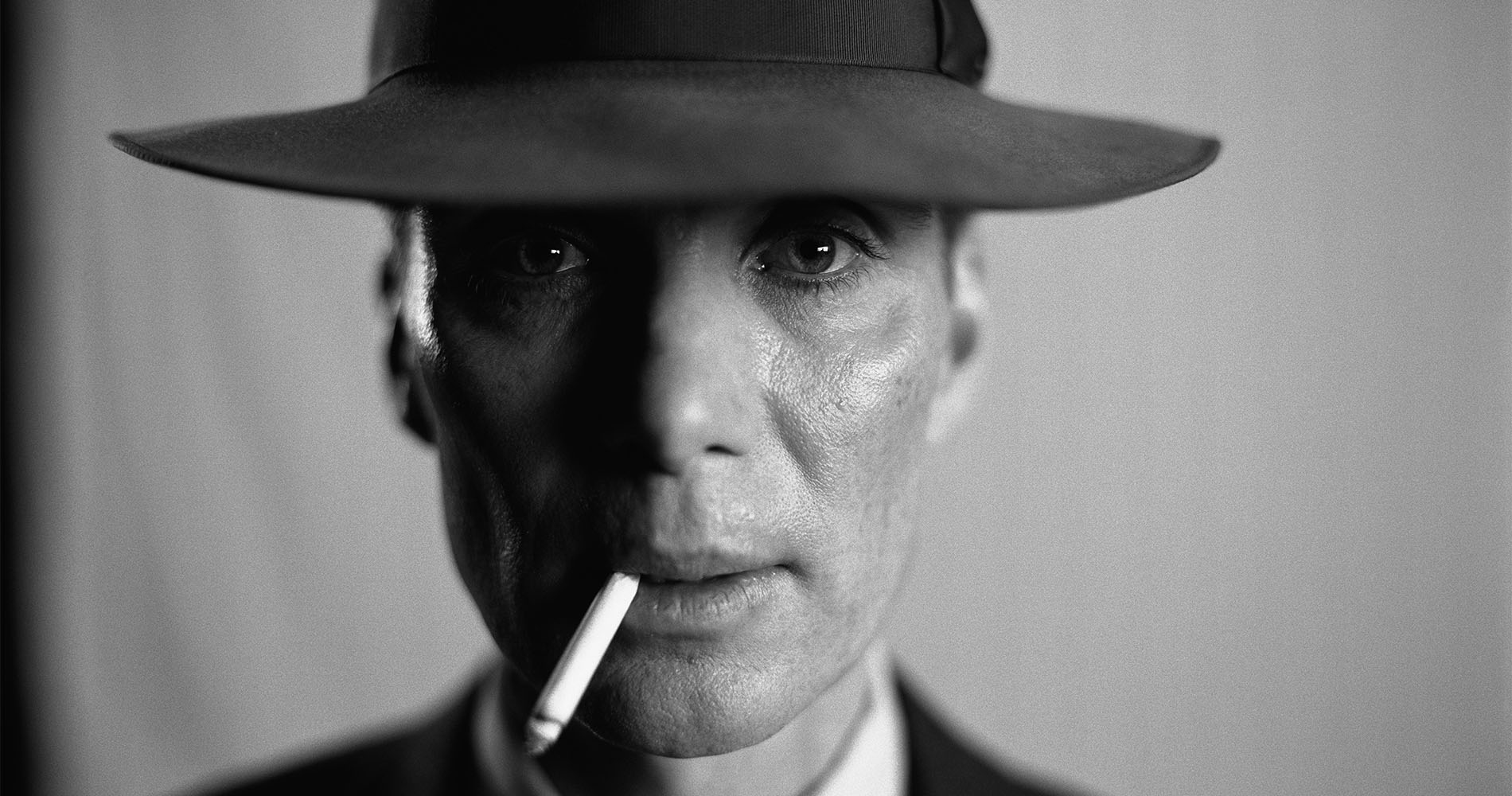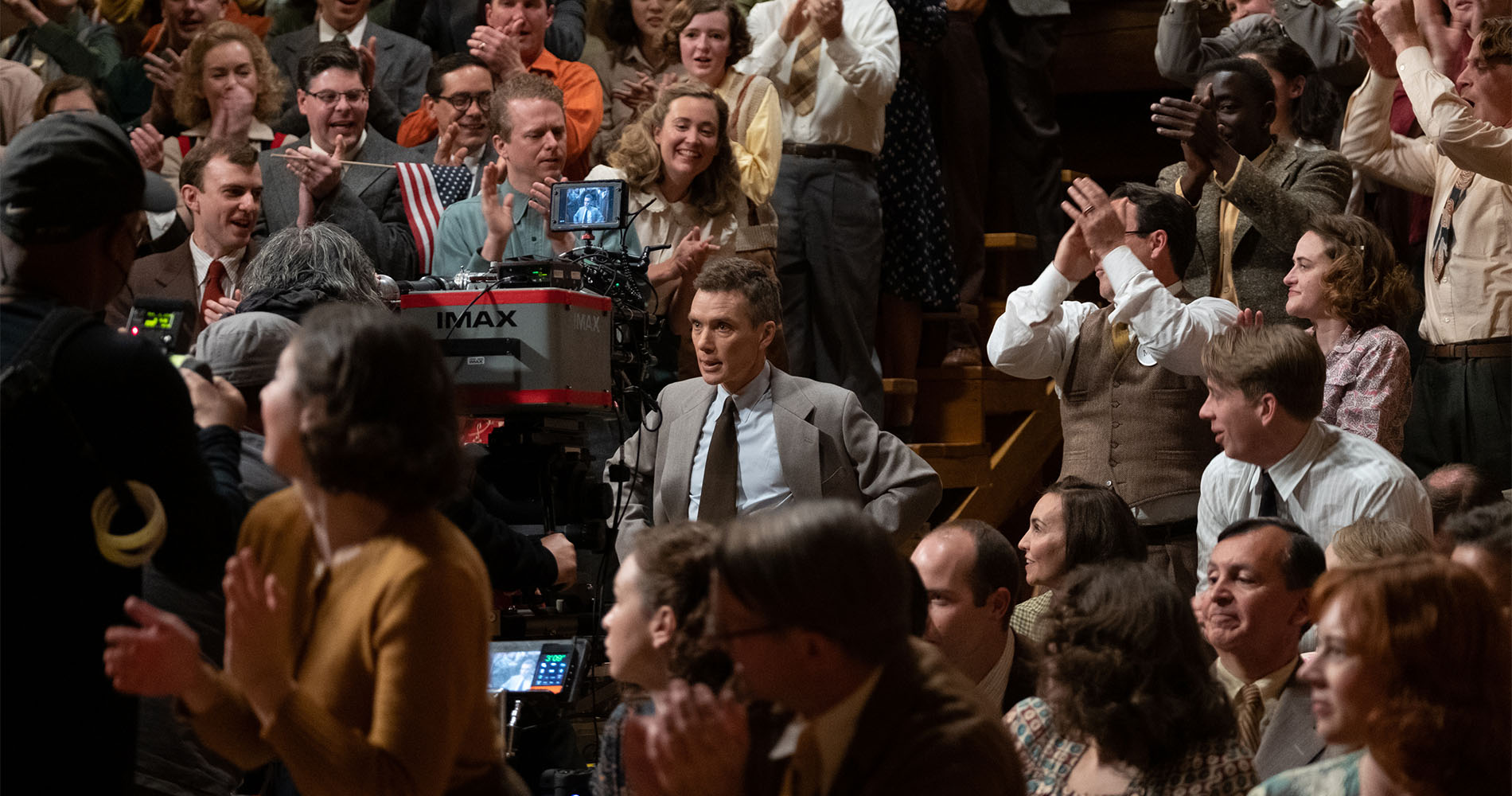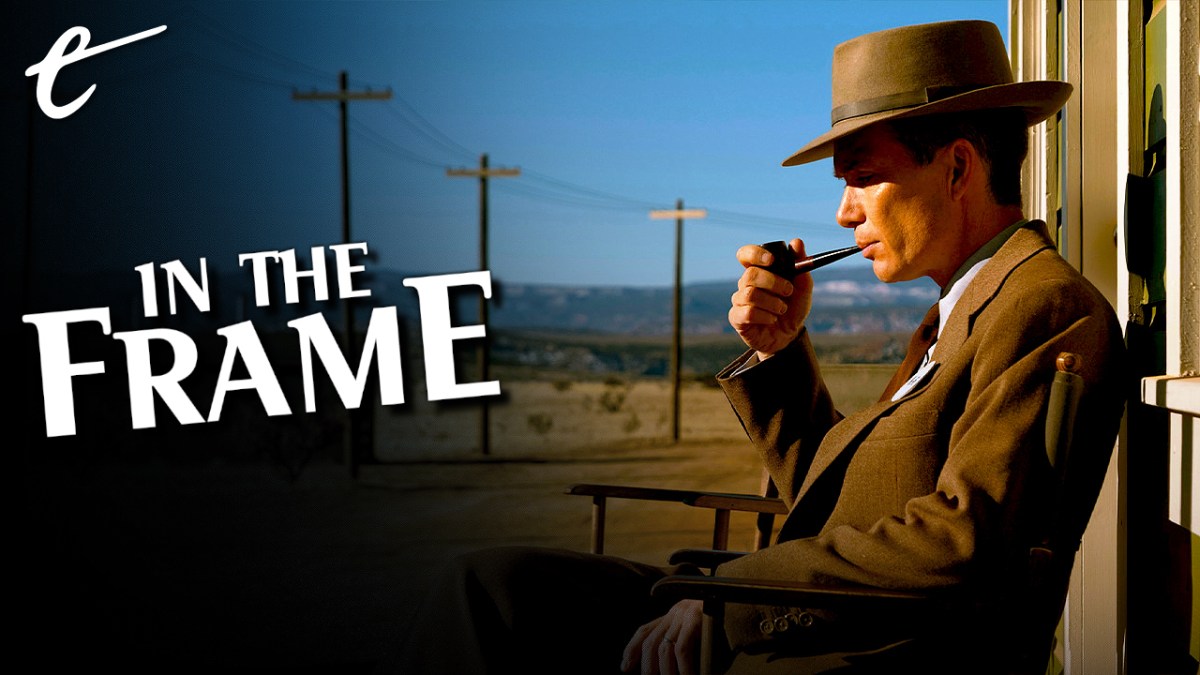It is worth pausing to consider the phenomenal success of Oppenheimer. This is a three-hour-long R-rated biography of a scientist. Extended portions of the film are shot in black-and-white. Although the supporting cast includes Matt Damon and Robert Downey Jr., the central role is played by television star and character actor Cillian Murphy. It would be a tough sell to mass audiences in any climate, but especially in the wake of the pandemic.
However, the film has earned nearly $500 million at the global box office to date, outgrossing Transformers: Rise of the Beasts, Mission: Impossible – Dead Reckoning, Part One and Ant-Man and the Wasp: Quantumania. More than that, the film has garnered rave reviews from critics and secured an “A” CinemaScore from audiences. It seems safe to describe Oppenheimer as a success by any quantifiable metric.
It is particularly impressive because Oppenheimer is a challenging work. It grapples with complex ideas, trusting viewers to engage with difficult subject matter. It asks questions about the relationship between individuals and the arc of history or the limits of a person’s subjectivity when confronted with existential horrors. Audiences rarely get a chance to confront these questions in blockbusters. It’s great to see them respond enthusiastically.
However, there has been some measure of controversy around Oppenheimer. In particular, there have been arguments about what the film omits, such as the residents of New Mexico impacted by radiation from the tests. In particular, there have been suggestions that the film’s refusal to depict the bombings of Hiroshima and Nagasaki on screen leave it “morally half-formed.” There were claims that the film was “unbalanced” in its efforts “to preserve audience sympathy for the hero.”
Of course, anything that draws attention to the horrors of the atomic bomb and the consequences of that scientific breakthrough is commendable. This chatter around Oppenheimer is a net positive, bringing the horrors inflicted on those indigenous populations and those victims in Hiroshima and Nagasaki back into the conversation. However, they are somewhat unconvincing when rendered as criticisms of Oppenheimer as a film.
Christopher Nolan has talked about his decision not to depict the bombings of Japan. “We know so much more than he did at the time,” he has explained. “He learned about the bombings of Hiroshima and Nagasaki on the radio, the same as the rest of the world.” It’s a choice that makes stylistic sense. Late in the movie, as the scientists are shown horrific images from the aftermath of the bombings, Oppenheimer (Murphy) himself averts his gaze. The film is so subjective that it too averts its gaze.
There’s also the question of whether it would be possible for Oppenheimer to present the detonation of the bomb as anything other than spectacle, however horrific. Filmed on IMAX, created with practical effects, the bombing would be a dazzling technical accomplishment. Is that really what these critics want? To see the deaths of hundreds of thousands of Japanese civilians — undeveloped, anonymous — rendered on screen in painstaking detail?
It’s also debatable whether Nolan, a British-American filmmaker, is in any position to depict the bombings in the context of a blockbuster summer release from a major American studio. Perhaps this story isn’t his to tell. There are countless explorations of the atomic bombings from a Japanese perspective. Shôhei Imamura’s Black Rain arrived on MUBI just a week after Oppenheimer’s release, and offers a much more authentic portrayal of the horror.

Finally, it is hard to believe that any viewer could come away from Oppenheimer believing that the film endorses the atomic bomb. At certain points, Oppenheimer’s reality warps as he imagines the power that he has unleashed — blinding lights, shaking walls, deafening sound. As Oppenheimer addresses a crowd in the aftermath of the Hiroshima bombing, Nolan imagines the audience as victims of a nuclear blast — including his own daughter, Flora.
Setting aside these counterpoints to those criticisms of Oppenheimer, there is something more unsettling left unspoken. These arguments condescend to the film and the audience, suggesting that viewers are inherently incapable of watching a movie and reaching their own conclusions. This perspective favors a didactic approach to storytelling, in which a piece of media needs to be childproofed before it is given to an audience, all the edges sanded down.
It’s a way of talking about media that prioritizes defending a work against the most absurd bad faith criticism ahead of telling a story. It treats a work of art as a puzzle to be outwitted rather than a question to be explored. Oppenheimer is the most egregious recent example of this trend, but there is an increasingly prevalent puritanical strain of pop culture criticism. It can seem like some critics expect artists to pre-chew their audience’s food for them.
Recently, Tár came under fire for its perceived ambiguity. The movie is a thorny depiction of a lesbian composer (Cate Blanchett) whose career is derailed by accusations of abusive behavior in a predatory relationship with a former student. The film was criticized by composer Marin Alsop as being “anti-woman” and by critic Richard Brody as “a regressive film” too wed to its central character’s perspective to document all relevant points of view.

There has been some online debate about the emergence of “cozy” subgenres. These subgenres take usually violent genres — like horror or murder mysteries — and strip out a lot of the more unpleasant or unpalatable tropes. These stories typically offer readers or viewers who might feel uncomfortable with the trappings of such stories a way to enjoy them. They ostensibly broaden the boundaries of these genres, welcoming outsiders in.
There is nothing wrong with this. Indeed, it’s highly commendable. The world is a big place, and there is plenty of room for everybody. For example, there is something appealing in the notion of the Insidious horror franchise as a relatively gore-free PG-13 gateway into horror for viewers too young to watch the Halloween, Exorcist, or Nightmare on Elm Street franchises. However, it is a different thing to argue that all art should be constructed with that lowest bar to entry in terms of content — that all horror must or should be “cozy.”
This isn’t some hypothetical slippery slope argument. There has been a recent pushback against the very idea of sex scenes in media, prompting critics to mount defenses of depictions of sexuality in books, television shows, and films. There is also a tendency to equate depiction with endorsement, to suggest that any portrayal of an act — particularly one committed by the protagonist — must logically come with the approval of the storyteller. Works of art are to be treated as moral dictates. No audience must ever feel uncomfortable.
“Those of us who work in the arts know that depiction is not endorsement,” argued director Kathryn Bigelow in response to criticisms of depictions of torture in her movie, Zero Dark Thirty. “If it was, no artist would be able to paint inhumane practices, no author could write about them, and no filmmaker could delve into the thorny subjects of our time.” Bigelow has a fair point here. Once again, this is not an abstract argument. It is instead an acknowledgement of a historical reality.
For decades, Hollywood was governed by a set of moral guardrails known as the Hays Code. These guidelines ensured that the industry could only produce suitably righteous entertainment to protect the sensibilities of the viewing audience. Crime could never pay, and criminals were never to be treated as sympathetic figures. Sex could not be depicted. Any non-heteronormative behavior was to be presented as deviant. Any challenge to or ridicule of contemporary social mores was unacceptable.

It is no exaggeration to connect modern calls for purity back to the Hays Code. Some critics even openly admit that they long for a return to the days of Hollywood censorship. “Watch movies from the 1930s, 40s, and 50s, and you’ll notice they conveyed a level of class and high moral standards that are largely absent from cinema today,” argued Julie Mastrine. “Simply put, Hollywood was more wholesome because it was forcefully upholding […] a standard of content that does not exist today.”
Of course, that Code limited what forms of humanity could be expressed on screen. Queer characters only existed through inference. Interracial relationships were expressly prohibited. Art could not speak to its audience, it could only lecture them through a narrowly-defined idea of what the world could look like. There were heroes and there were villains, with a clearly defined boundary between the two. That border was drawn in ink so thick that no audience member could be left in any doubt.
This is a depressing way of approaching art like Oppenheimer. It’s particularly troublesome as more diverse artists get long overdue opportunities, offering fresh perspectives. Now that more women, people of color, and openly queer storytellers are finally getting the chance to tell their stories, why limit them? Even if these arguments are well-intentioned, crafted in the hope of protecting artists from themselves, they ignore the value of letting creators make mistakes as part of the process of growing and learning.
This discomfort with the presentation of challenging ideas doesn’t just limit artists. It treats the audience as children incapable of grappling with complex concepts. It discounts the space that exists between the viewer and a piece of media, and the importance of letting the audience explore that space on their own terms. A viewer has the option of choosing whether they want to engage with such ideas — ratings and content warnings exist, after all — but the opportunity must exist.
As Adam Kotsko recently pointed out, one can understand the desire for art to offer moral clarity in contrast to a world that can often seem to have become morally unhinged, but the human experience is messy, challenging, and complicated. If art is to meaningfully reflect that, it must be allowed the same freedoms. Movies like Oppenheimer and Tár are more effective for their refusal to reduce themselves down to blunt and simplistic moral statements. It’s okay for art to make us uncomfortable.





